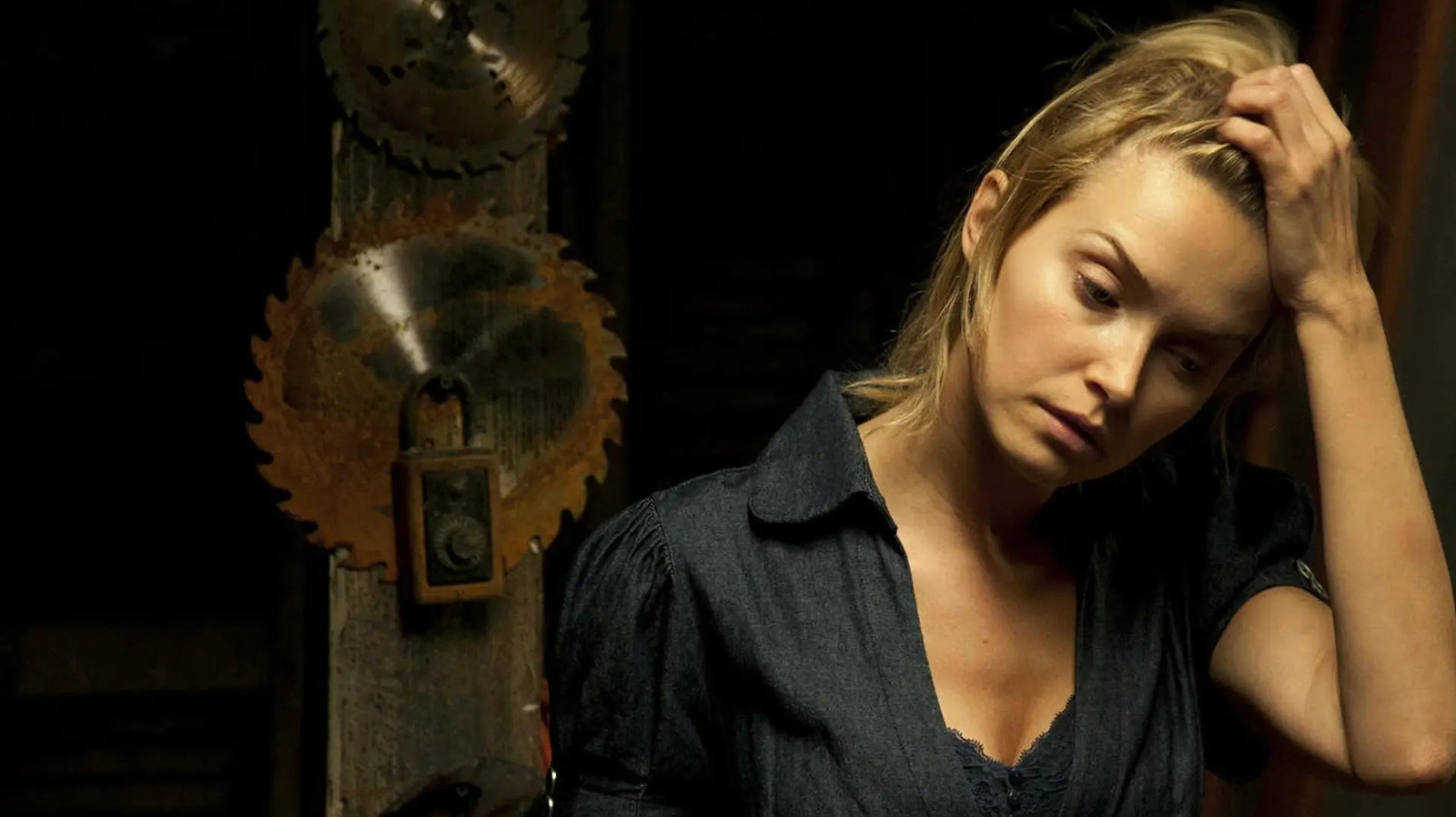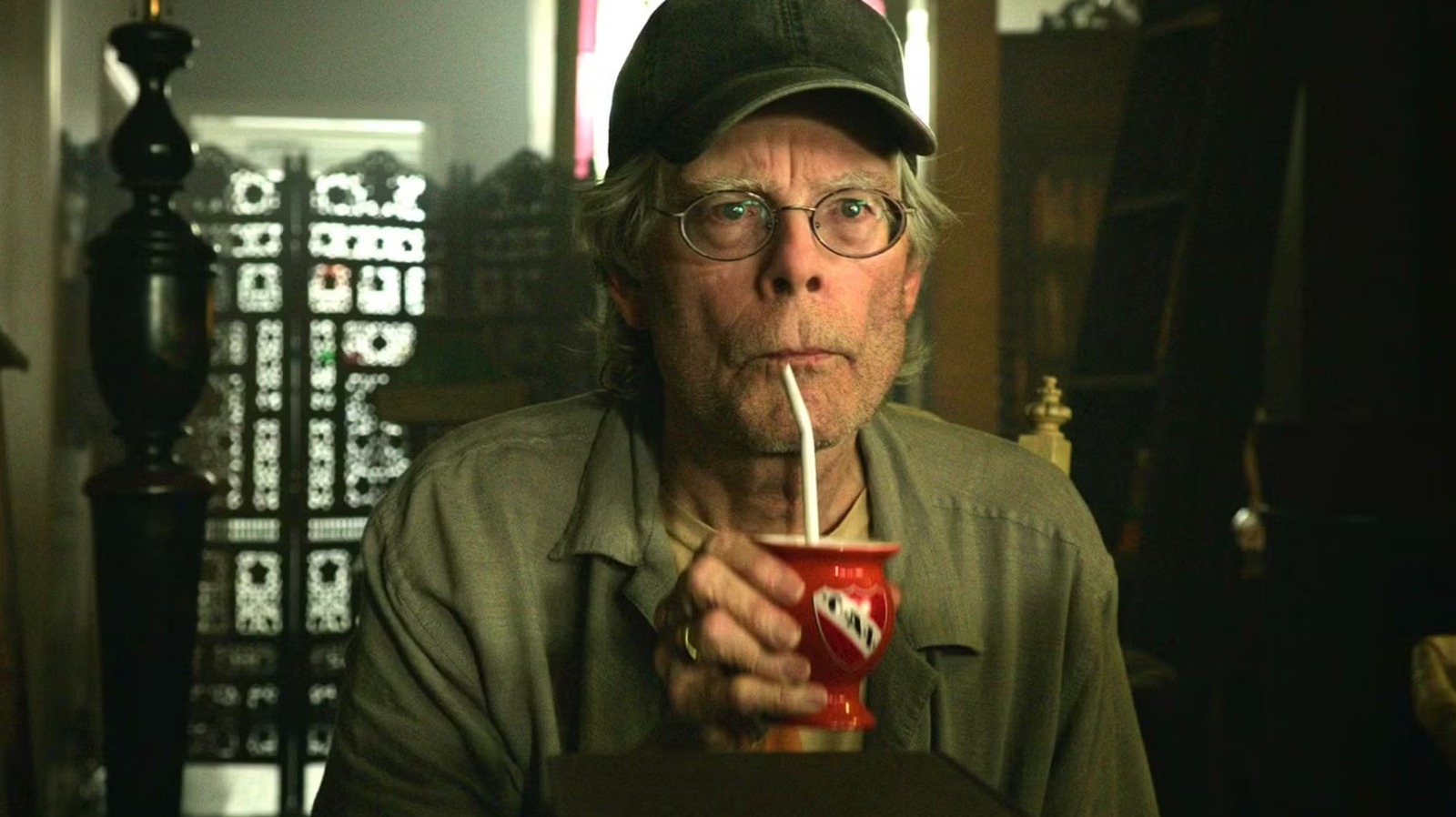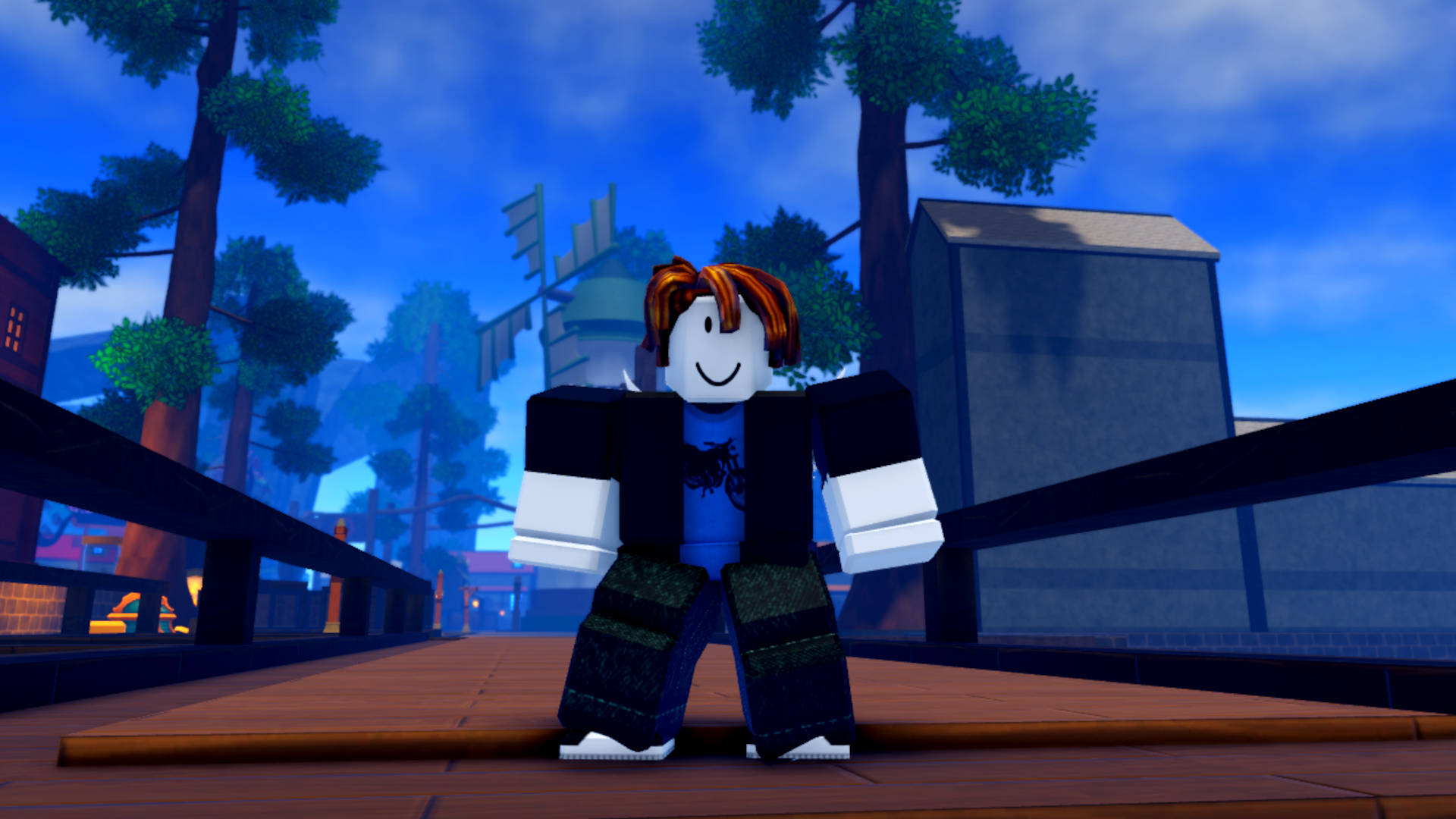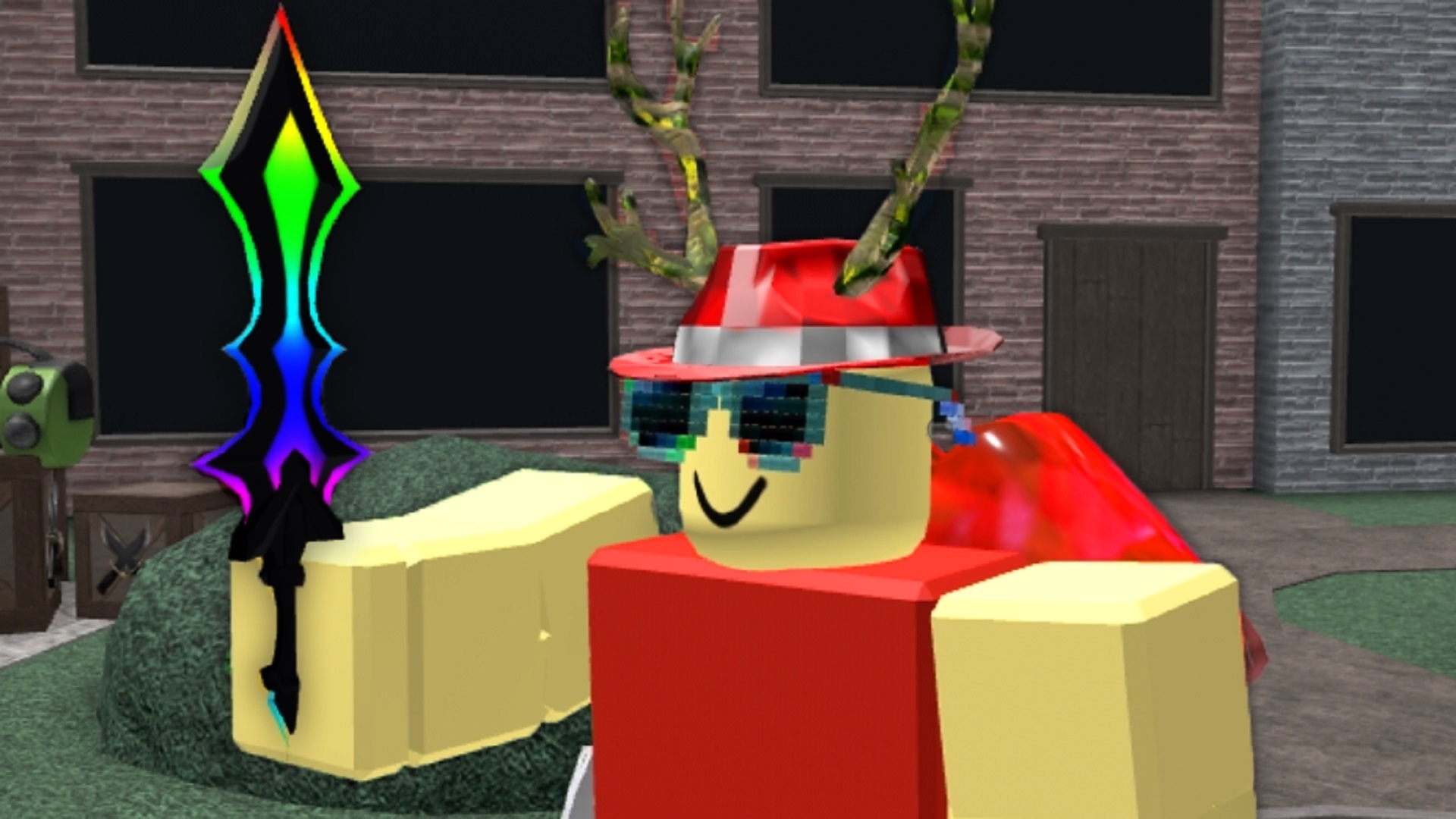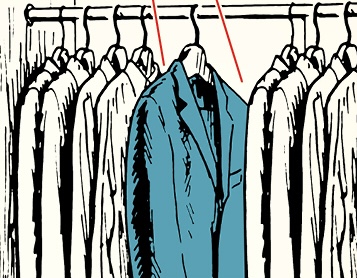Machines triumph over art once again as Brutalist editor confirms use of AI
Even in movies about the unwavering artistic spirit of architects building monuments that can withstand the erosion of free expression, art is no match for the Siren song of not having to do your job. Awards favorite The Brutalist used generative AI to clean up the film's many Hungarian accents and some of Laszló Tóth's diegetically praised designs. In an interview with RedShark News, the film's editor, Dávid Jancsó, admitted that he fed his voice into the Ukrainian AI software Respeecher to clean up the actors' Hungarian accents. "Most of their Hungarian dialogue has a part of me talking in there," Jancsó, a native Hungarian speaker, said. He maintains that they were "careful about keeping [the actors'] performances," which doesn't include the spoken words, we guess, by "mainly just replacing letters here and there." He says anyone can do this in ProTools, but there was "so much dialogue in Hungarian that we needed to speed up the process." Again, it's only a tad ironic that a three-and-a-half-hour movie about the uncompromising architect unwilling to take shortcuts needed a shortcut for its two Oscar hopefuls. "I am a native Hungarian speaker, and I know that it is one of the most difficult languages to learn to pronounce," he said. "Even with Adrien's Hungarian background — (Brody's mother is a Hungarian refugee who emigrated to the U.S. in 1956) — it's not that simple. It's an extremely unique language. We coached [Brody and Felicity Jones], and they did a fabulous job, but we also wanted to perfect it so that not even locals will spot any difference." It's lines like "we coached our award-hopeful actors, but they just couldn't get it right" that might hurt Brody and Jones' awards chances. But it also might hurt other aspects of the production that were embellished by AI, such as the film's epilogue at the Venice Biennale, which "conjures a series of architectural drawings and finished buildings in the style of the fictional architect," writes RedNews. Maybe that's why even critics who love the movie were thrown off by the ending, which Slate's Dana Stevens describes as an "opaque swerve away from every character, idea, and theme it's spent three and a half hours meticulously establishing." Janscó doesn't think this should be controversial. "We should be having a very open discussion about what tools AI can provide us with," he says. "There's nothing in the film using AI that hasn't been done before. It just makes the process a lot faster. We use AI to create these tiny little details that we didn't have the money or the time to shoot." Janscó isn't wrong, and he's right to disclose using this software, but it nevertheless scrapes some of the luster off the film. The Brutalist is about the struggle for art, in which every compromise is a dagger in Lászlo Tóth's gut. That his brutalist designs weren't the result of a design team collaborating to build a believable lifetime body of work but rather an amalgamation spit out by a meme generator does strip some power from Brady Corbet's vision. It opens the door to ask where his vision ends and ChatGPTs begin—we know he didn't use GPT, but to the broader public, it's all the same, and if he didn't want us asking that, maybe he should have used just a bit more of the creativity the film argues for.

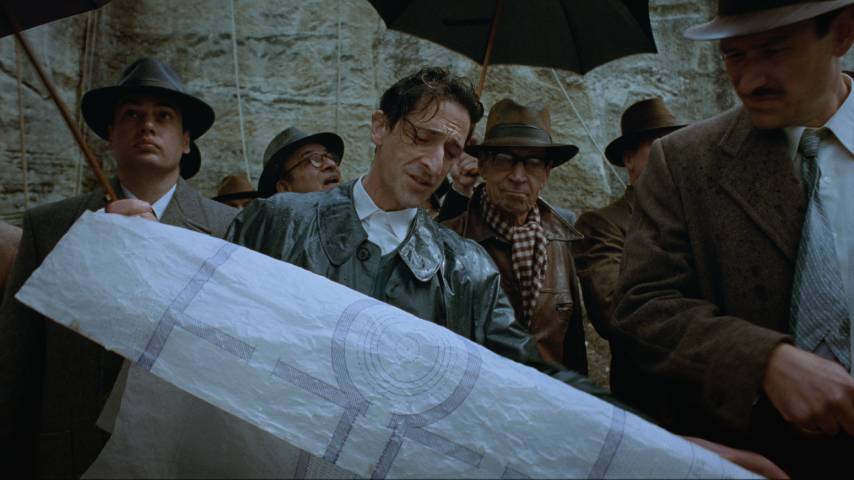
Even in movies about the unwavering artistic spirit of architects building monuments that can withstand the erosion of free expression, art is no match for the Siren song of not having to do your job.
Awards favorite The Brutalist used generative AI to clean up the film's many Hungarian accents and some of Laszló Tóth's diegetically praised designs. In an interview with RedShark News, the film's editor, Dávid Jancsó, admitted that he fed his voice into the Ukrainian AI software Respeecher to clean up the actors' Hungarian accents. "Most of their Hungarian dialogue has a part of me talking in there," Jancsó, a native Hungarian speaker, said. He maintains that they were "careful about keeping [the actors'] performances," which doesn't include the spoken words, we guess, by "mainly just replacing letters here and there." He says anyone can do this in ProTools, but there was "so much dialogue in Hungarian that we needed to speed up the process." Again, it's only a tad ironic that a three-and-a-half-hour movie about the uncompromising architect unwilling to take shortcuts needed a shortcut for its two Oscar hopefuls.
"I am a native Hungarian speaker, and I know that it is one of the most difficult languages to learn to pronounce," he said. "Even with Adrien's Hungarian background — (Brody's mother is a Hungarian refugee who emigrated to the U.S. in 1956) — it's not that simple. It's an extremely unique language. We coached [Brody and Felicity Jones], and they did a fabulous job, but we also wanted to perfect it so that not even locals will spot any difference."
It's lines like "we coached our award-hopeful actors, but they just couldn't get it right" that might hurt Brody and Jones' awards chances. But it also might hurt other aspects of the production that were embellished by AI, such as the film's epilogue at the Venice Biennale, which "conjures a series of architectural drawings and finished buildings in the style of the fictional architect," writes RedNews. Maybe that's why even critics who love the movie were thrown off by the ending, which Slate's Dana Stevens describes as an "opaque swerve away from every character, idea, and theme it's spent three and a half hours meticulously establishing." Janscó doesn't think this should be controversial. "We should be having a very open discussion about what tools AI can provide us with," he says. "There's nothing in the film using AI that hasn't been done before. It just makes the process a lot faster. We use AI to create these tiny little details that we didn't have the money or the time to shoot."
Janscó isn't wrong, and he's right to disclose using this software, but it nevertheless scrapes some of the luster off the film. The Brutalist is about the struggle for art, in which every compromise is a dagger in Lászlo Tóth's gut. That his brutalist designs weren't the result of a design team collaborating to build a believable lifetime body of work but rather an amalgamation spit out by a meme generator does strip some power from Brady Corbet's vision. It opens the door to ask where his vision ends and ChatGPTs begin—we know he didn't use GPT, but to the broader public, it's all the same, and if he didn't want us asking that, maybe he should have used just a bit more of the creativity the film argues for.
What's Your Reaction?









